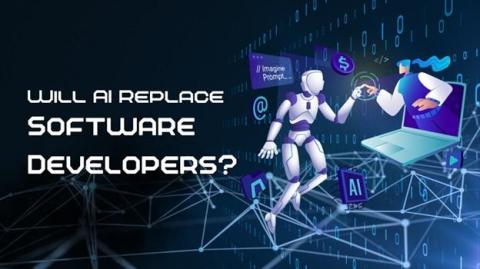Guide to Choosing The Best Web Host For Small Business
So, you're starting a small business and need a website -- great! But before you can get your site up and running, you need to figure out where to host it. Choosing a web hosting service can feel like a confusing maze of technical jargon, pricing traps, and features you may or may not actually need.











